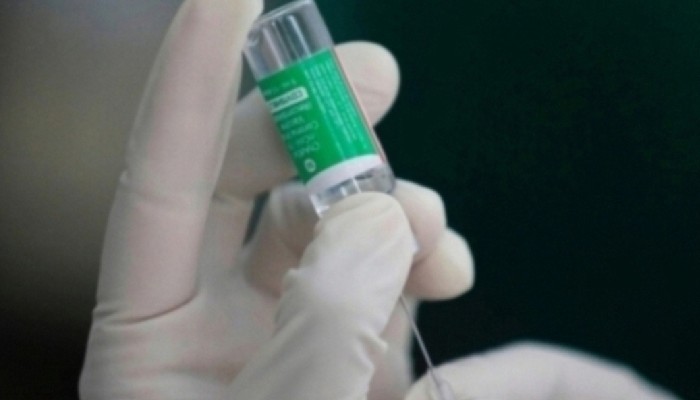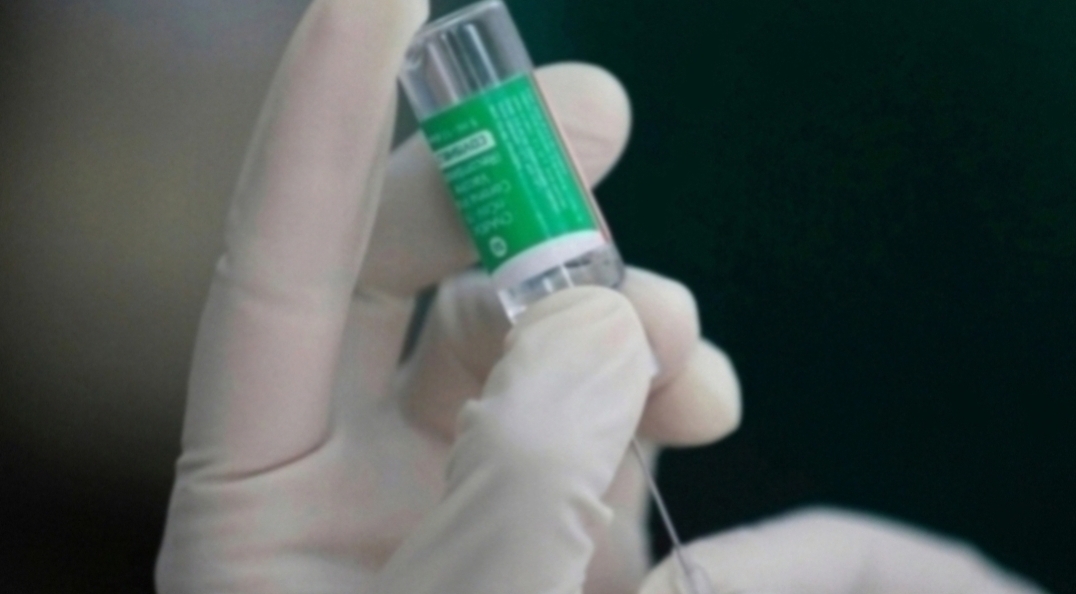There is also need for a strict vigil on the emergence of variants of concern, a top health official has said
Even as the country fears a third wave of the deadly Covid-19 pandemic, National Technical Advisory Group on Immunisation (NTAGI) Chief N K Arora has said that any further waves can be controlled or delayed with vaccination and people following Covid-appropriate behavior.
“A virus begins infecting a part of the population, which is most susceptible and also exposed to the infection. It diminishes after it successfully infects a large proportion of the population and strikes back when the immunity developed in the people post-natural infection fades. The cases may go up if a new, more infectious variant comes. In other words, the next wave will be driven by a virus variant to which a significant proportion of the population is susceptible,” Arora said.
Noting that the second wave is still going on, Arora said, “Any future waves will be controlled and delayed if more and more people get vaccinated and most importantly, people follow COVID-Appropriate Behaviour effectively, especially till a substantial part of our population gets vaccinated. People need to focus on vaccination and adherence to COVID Appropriate Behaviour to manage COVID-19.”
Currently, the scare is of the new Delta variant that is potentially causing Covid-related deaths in the country. Speaking about the same, Arora noted that the Delta variant of the novel coronavirus is around 40-60 per cent more transmissible than the Alpha variant.
"It is around 40-60 per cent more transmissible than its predecessor (Alpha variant) and has already spread to more than 80 countries, including India, UK, US, Singapore and others," Arora was quoted as saying by the Union Ministry of Health and Family Welfare.
Explaining the reason behind the higher transmissibility of the Delta variant, Arora said, "The Delta variant has mutations in its spike protein that helps it bind to the ACE2 receptors present on the surface of the cells more firmly, making it more transmissible and capable of evading the body's immunity."
The Delta variant was first identified in October last year in India. It is believed to be primarily responsible for the second wave in the country, accounting for over 80 percent of Covid-19 cases. It emerged in Maharashtra and travelled northwards along the western states of the country before entering the central and the eastern states.
Though there is a significant dip in the number of cases in most parts of the country, some regions are witnessing a high Test Positivity Rate (TPR), particularly the north-eastern and southern parts of the country.
There is a need to keep a strict vigil on the emergence of variants of concern and outbreaks so that they can be contained before they spread to a larger region. The Indian SARS-CoV-2 Genomics Consortium (INSACOG), established in December 2020, was a consortium of 10 laboratories. Recently 18 more laboratories became part of it.
Speaking about the recent steps taken by INSACOG in expanding its reach, Arora said, “The idea is to have a strong network of laboratories to do genomic surveillance of the SARS-CoV-2 and correlate whole genomics sequencing (WGS) data with clinical and epidemiological data to see whether or not a variant is more transmissible, causes more severe disease, escaping immunity or causing breakthrough infections, affecting vaccine efficacy, and diagnosed by current diagnostic tests.”
“Then the National Center for Disease Control (NCDC) analyze this data. The entire country has been divided into geographical regions and each lab is given the responsibility of one particular region. We have formed 180-190 clusters with around 4 districts in each cluster. Regular random swab samples and samples of patients who develop severe illness, vaccine breakthrough infections, and other atypical clinical presentations, are collected and sent to regional laboratories for sequencing. The current capacity of the country is to sequence over 50,000 samples per month; earlier it was approximately 30,000 samples,” he added.
Attachments area
 Contact Us
Contact Us  Subscribe Us
Subscribe Us









 Contact Us
Contact Us
 Subscribe
Subscribe
 News Letter
News Letter

